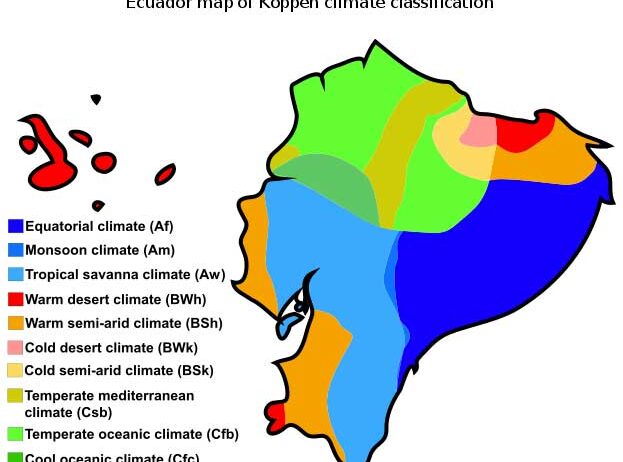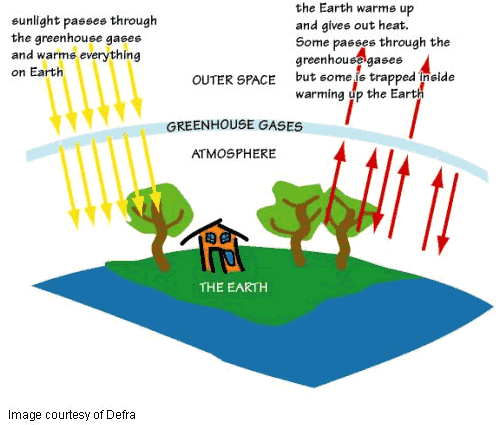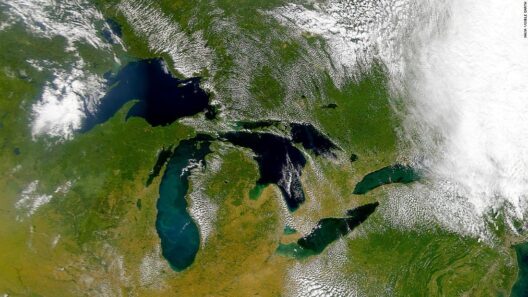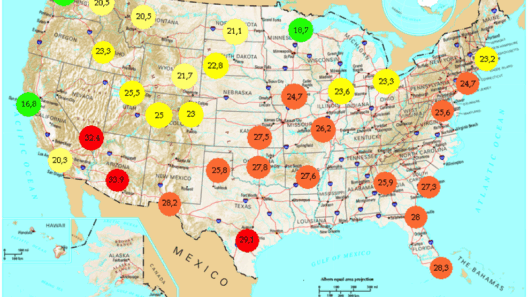When one thinks of Ecuador, the image that often comes to mind is one of lush rainforests, majestic mountains, and stunning coastlines. But what is the climate really like in this equatorial paradise? How does the location on the equator influence weather conditions, particularly in the Andes and along the coast? Understanding Ecuador’s diverse climate offers not only insight into its ecosystems but also a glimpse into the challenges faced due to climate change.
Ecuador is uniquely positioned on the equator, resulting in a climate that is, at first glance, quite consistent throughout the year. However, variability arises from its topography, which includes coastal regions, the Andes mountain range, and the Amazon basin. Each of these areas exhibits distinct climatic characteristics, presenting a fascinating tableau of weather phenomena.
At sea level, the coastal regions of Ecuador bask in a tropical climate that is typically warm and humid. The area experiences two main seasons: a wet season from December to May and a dry season from June to November. Coastal temperatures are generally stable, averaging between 70°F and 80°F. The Pacific Ocean plays a significant role in tempering temperatures, with warm currents providing buoyancy to marine life and influencing local weather patterns.
Yet, how do ocean temperatures influence the weather patterns on land? This is a critical question, and the answer lies in the phenomenon of upwelling, where cold, nutrient-rich waters surface along the coast, notably impacting local fish populations. This biodiverse environment supports extensive fishing industries, crucial to the Ecuadorian economy, yet it is also highly susceptible to changing ocean temperatures exacerbated by climate change.
Moving inland, the climate transforms dramatically as one ascends into the Andes. The Andes, often referred to as the “ spine of the continent,” create a variety of microclimates. Here, temperature decreases with elevation. In the highlands, one can expect cooler, drier conditions compared to the coastal regions. The morning starts off chilly, with temperatures often dipping below 50°F, but by midday, the sun can warm the valleys significantly. This diurnal temperature variation is significant for agriculture, particularly in the cultivation of crops like potatoes and quinoa that thrive in cooler conditions.
Along these mountainous terrains, the geography not only determines weather patterns but also affects precipitation. The western slopes receive abundant rainfall due to moist air rising and cooling, resulting in lush cloud forests. In contrast, the eastern slopes descend into the Amazon basin, where rainforests flourish under hot and humid conditions. This variation showcases the intricate relationship between altitude and climate, illustrating the adaptive strategies of both flora and fauna amid diverse weather conditions.
However, this rich diversity is not without its challenges. Climate change poses a significant threat to the enduring ecosystems of Ecuador. Increased temperatures and changing precipitation patterns can alter the delicate balance of the Andean and coastal environments. An alarming consideration arises: how will these changes affect not only the biodiversity but also the livelihoods dependent upon these ecosystems?
For instance, in the Andean regions, melting glaciers due to rising temperatures threaten freshwater availability. Many communities depend on glacial meltwater for agriculture, hydropower, and daily consumption. As glaciers recede, risks to crop yields and water scarcity escalate. Likewise, the coastal zones face challenges such as rising sea levels and intensified coastal erosion. The fishing communities may suffer from the depletion of marine resources due to overfishing and the impacts of climate change, leading to food insecurity.
Communities across Ecuador are compelled to adapt to this evolving climate landscape. Initiatives aimed at sustainable agriculture, reforestation, and conservation efforts hold promise in mitigating some of the adverse effects of climate change. For example, indigenous practices in the highlands include crop diversification and the use of traditional irrigation methods, which help preserve both biodiversity and agricultural productivity.
Furthermore, the concept of ecotourism has gained traction as a viable means to raise awareness and support for conservation efforts. By promoting responsible travel that emphasizes the natural beauty and cultural richness of Ecuador, awareness can be raised surrounding climate change and its impacts on these fragile ecosystems.
In summary, the climate of Ecuador is shaped by its geographical diversity, leading to unique experiences in weather and ecological conditions from the coast to the Andes. Although the equatorial climate tends toward consistency, local variations present both opportunities and challenges for biodiversity and human livelihoods. As pressures from climate change mount, the resilience of both ecosystems and communities will be crucial to navigating the uncertain future that lies ahead.
In pondering the interplay between climate, topography, and human existence, one can’t help but ask: How will future generations of Ecuadorians embrace their environmental heritage amid the profound changes wrought by climate phenomena? Addressing this question may hold the key to ensuring a sustainable and thriving future for both people and the planet.







